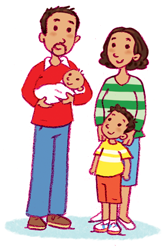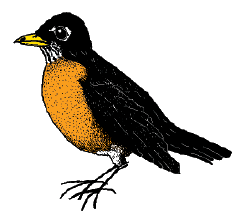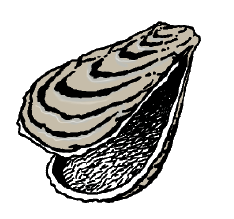LESSON 6 Live Soap Bubbles
Lives of Animals
In Lesson 5, Life Spans, you compared the life spans of people living in 1858 to people living in 2014. Biologists also gather similar information about animals. They collect data on the age at death of many animals of the same species. These data give important information to the scientist about that species.
The following are brief descriptions of the lives of three different kinds of animals:

Humans. Humans nurture their young until they are old enough to care for themselves. However, babies are at greater risk of illness and disease because their immune systems are still developing. Humans die from disease and accidents as they age, but modern medicine has controlled many diseases, so the majority of people live a long time.

American robins. Robins care for their young until they are old enough to fly and gather food for themselves. From the time they leave the nest, robins of all ages are equally likely to be eaten by predators or to die from accidents. Chance has a much greater effect on how long robins live than it does for other kinds of organisms.

Oysters. Early in life, oysters are very small and have thin shells. Most are eaten by predators when they are very young. As adults with thick shells, surviving oysters live for a very long time.











